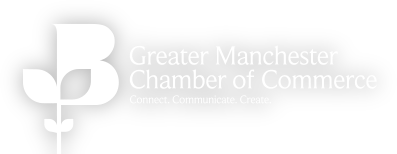
Europe is one of the largest market regions for medical technology in the world, thanks to a large but ageing population and major investment in health care by both national governments and the private sector. While most countries on the continent are now part of the EU, the region still consists of individual national markets and territories, each of which requires its own entry strategy and partners.
Usually medical technology companies, like many others, think of the largest markets first, such as Germany. However, for new medical products, Germany is not necessarily the best first choice to enter, because of the local health insurance system, which covers only specific listed treatments. For an entirely new treatment, device, or medicine, it can take a long time to receive this approval, and few potential business partners are willing to make this effort.
Thus, if you have a new and innovative medical technology that you wish to sell in Europe, it is better to start from those countries, where health insurance systems are less biased towards specific treatment methods. Some of the best markets in this respect are the Nordic countries Sweden, Finland, Denmark, and Norway. Each of these countries provides universal health care to residents, funded by taxes and tax-like insurance contributions. In addition, each Nordic country has a vibrant private health care sector as well. This creates a receptive market for the latest medical technologies.
Nordic countries are also culturally very open to new health care technologies from all over the world, which is not necessarily the case with many other European countries.
While individual Nordic markets are small, it also means that there is a population of multi-brand importers and distributors of medical technology, which are open to cooperation with new suppliers. In larger markets, the trend in recent years has been that major health technology companies have established their own sales subsidiaries in those countries, thus not leaving much business for independent importers and distributors to survive. Having several smaller partners, as opposed to one or two bigger ones, is also good for risk management.
Author: Kari Mäkeläinen, Senior Consultant, Columdae – GMCC Approved Supplier
Need help expanding on this sector across Europe?
Entering new markets requires careful consideration. Make sure to speak to local market experts who can guide you through the process and maximise your chances of success. If you are interested in talking to Kari, please email us at international@gmchamber.co.uk and we will be happy to set up a complimentary 121 meeting.

